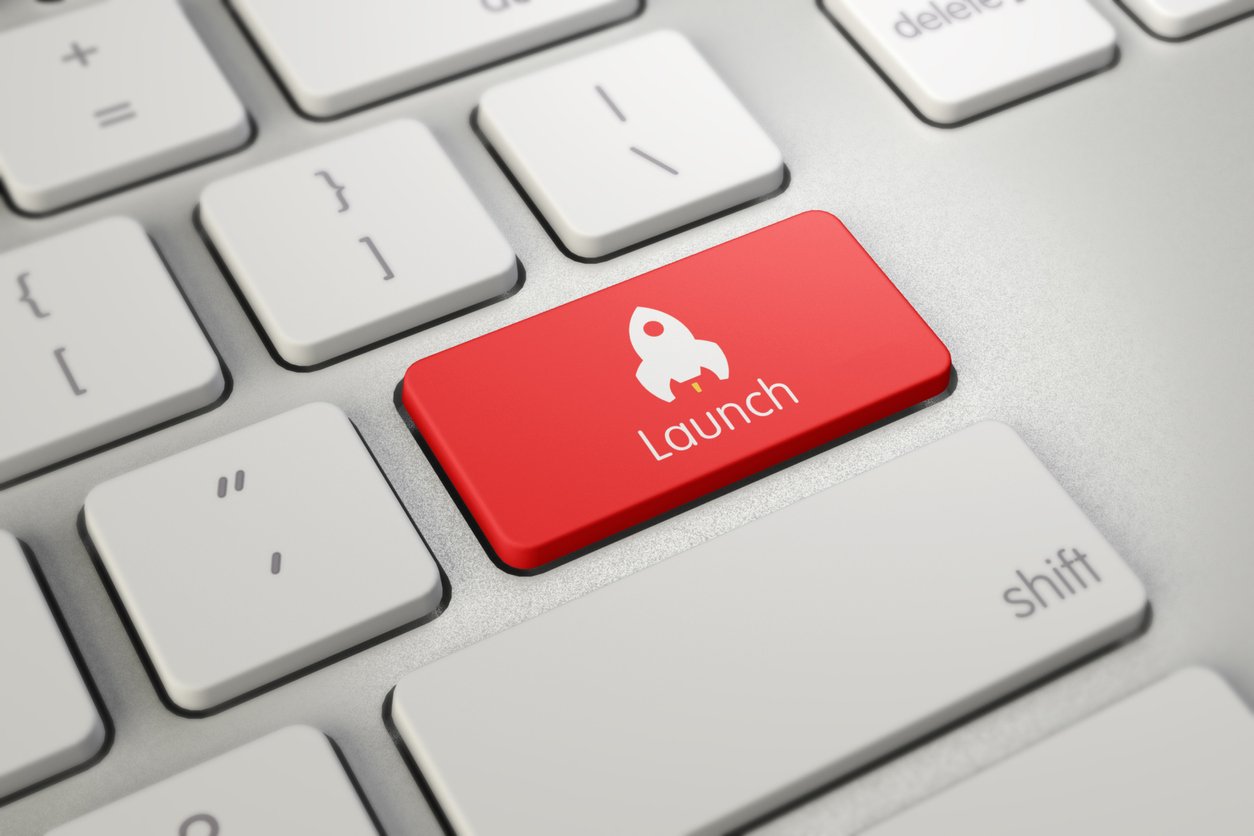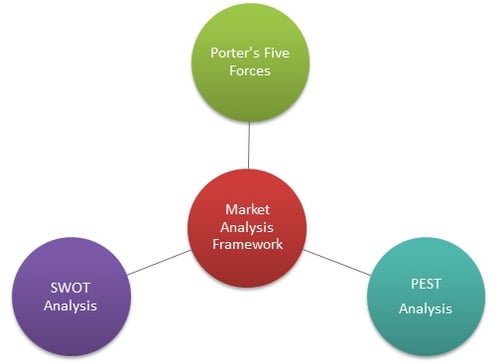
A product launch represents the culmination of months or even years of hard work researching, developing, and perfecting a new product. It signifies a product’s first foray into the market, and, as we all know, first impressions are critical. It is important to ask ourselves, then, why so many product launches fail.
Preparing for the perfect product launch can be daunting and involves many layers of preparation and foresight. Whether your company decides to launch its new product publicly or start with a soft launch, there is a multitude of factors that come into play.
This article will discuss how marketers and product managers can prepare for a successful product launch. We’ll talk about some examples of failed launches, and why preparation and a long-term mindset is key to a successful one.
What Not to Do
Even the biggest companies in the world experience failed product launches due to a lack of preparation. Take Tesla’s Cybertruck, for example. In a televised event, Elon Musk bragged about how the windows of the Cybertruck could withstand a sledgehammer and a steel ball. That was clearly not the case, as the steel ball proceeded to destroy the window in front of a large audience.
Elon Musk blamed the incident on not rehearsing the presentation beforehand and ensuring the actions took place in the right order. But not all companies have the luxury of lots of time to prepare for product launches. For example, SaaS companies in particular often have a very tight timeline to work with when developing and launching new software.
It’s easier if the launch is not quite so public — for example, starting with a small virtual event to test the new product and gauge people’s reactions. But still, plenty can do wrong, especially on a tight budget. This means it’s important to know what top tasks to prioritize when preparing for a product launch.
How to Prepare for Your Big Product Launch
We won’t go into the product launch itself today. Before you even execute the launch, you need to know how to prepare and formulate the right mindset for success.
1. Differentiate your product while also closely defining your buyer persona.
This may sound obvious, but so many companies fail to differentiate their product or service in a meaningful way before their product launch. Your positioning should factor in the following questions:
- What makes your product meaningfully different from the competition?
- In the existing market for similar products, which consumer niche does your product especially appeal to?
- How does the value of your product compare to other similar products? (Do you offer more features and a better experience for users? Are you more competitively priced?)
The idea here is to be as specific as possible without being exclusionary. For example, if your brand’s ideal customer profile is a Millennial or Gen Z consumer, you should consider this when planning your product launch. However, you don’t want it to be the sole factor, to the point that your product launch ends up turning off potential customers from a different age group.
In order to truly differentiate your product, product managers must understand not only the buyer journey, but also the overall customer journey. A long-term mindset towards your product that doesn’t just end with the launch prevents issues with customer retention. For example, a company might spend a lot of time developing the perfect software for their target clients. However, they may neglect a small but important feature such as the invoicing software used when billing the customer.
Although it may not be a top feature when discussing your product, using high-quality invoicing software that comes with crucial features like customizable invoice templates and automatic recurring payments is an example of a detail that could help separate you from competitors. Product managers must look beyond the hype of a new product and focus on the more mundane but meaningful ways that working with you will make customers’ lives easier. Mentioning details like an easy purchasing process during your product launch might be more appealing to potential customers than you’d think.
So, let’s say you’ve figured out what meaningfully differentiates your product from the competition. Figuring out how to communicate this in your launch is the next important step. Ideally, you should be able to summarize the top feature(s) of your product in a jaunty catchphrase. Although small features can be as important as dazzling new features, don’t get caught in the trap of feeling like you need to include every single little feature of your product in the launch.
For example, Apple’s iPhone states that “the experience is the product.” This phrase neatly captures the main reason people feel like they are buying Apple products. It subtly addresses critics who compare the high price of their products with similar brands with less user-friendly features. It also ties into the overall story of Apple by touching upon their reputation of being at the forefront of cutting-edge developments in user design.
2. Be realistic about volume forecasts and sales.
Realizing that your company’s expectations were unrealistic hurts your ability to accurately gauge the success of your product launch. Therefore, accurate volume estimating and sales forecasts must be prioritized. Numbers should be backed up by a lot of data and research to help give your higher-ups a realistic idea of what to expect ahead of time to make sure everyone is on the same page post-launch.

Predicting anything is difficult in the volatile market we are seeing now, so you may want to consider starting with a soft launch to give your team more insight. An ideal soft launch is geared towards established customers and clients. It should be low-key enough that it does not give your competitors a clear look at what you have in the pipeline.
A soft launch can pinpoint glitches before the main launch. It can also help you gauge enthusiasm for your product that can then better inform sales expectations. Soft launches are particularly helpful for software companies, whose clients are facing ever-growing rules and restrictions.
For example, some designers of CRM software include vendor-supplied default passwords, which can seriously hurt their client’s PCI compliance and adherence to other industry regulations. Although intended to be an added convenience, if software design does not keep up with the clients they serve, it can create more problems than solutions. Soft launches can give you valuable customer insights into overlooked issues such as these. This leads to our next tip.
3. Give your sales team time to understand the product
The sales team is arguably the most crucial driving factor behind the success of your new product. However, the importance of openly communicating with members of the sales team is often ignored by large companies.
Sales teams should be kept informed about new products from the beginning of their inception, especially since they are a great source of customer insight. Ideally, sales professionals should be able to get familiar with a new product while developing their pitch for it. Their sales pitch will be unique depending on their personality, selling style, and existing clientele. Plus, having the buy-in from your sales team can add a lot of energy and enthusiasm to your product launch.
4. Conduct a market analysis and gather customer insight
The importance of customer insight and qualitative research cannot be overstated, no matter if you are a B2C or B2B company. Ideally, conducting a market analysis with the help of third-party marketing specialists can provide you with honest customer feedback and a fresh perspective.
But while customer insight is important, it’s important to take what your clients say with a grain of salt. Although they may have great recommendations and ideas on how to approach the marketing of new products, they can sometimes have unrealistic expectations at very low prices.

On the other hand, market analysis should mainly be data-driven. Humans are unpredictable creatures, and sometimes what they say they prefer isn’t reflected in their actions. To bring us back to our earlier example, a customer may claim they prefer a flashy new product but actually revert back to a tried-and-true brand simply because the purchasing process is easier for their accounting team.
Luckily for us, market research and analytics are easier than ever due to the influx of data from online users. Prioritize the online user experience by giving your company enough time to design an optimized yet sleek website for your product launch.
This is important no matter what industry you are in. As web developer Alex Williams from Hosting Data notes, time is money when it comes to setting up a website.
“When you're creating a website or online business, time is money,” says Williams. “The more complicated your website, the longer it will take. On the long end, it can take between 300 and 500 hours. If you know coding and have a very simple website, you may be able to get yours completed in 24 to 48 hours. When you're using a website builder such as Squarespace or Weebly, your website can be done in less than an hour.”
Conclusion
Product launches represent uncharted territory for businesses offering a new product and can come with a lot of risks. Thankfully, with a little time and preparation, the most important elements can be addressed to ensure a successful launch and long-term success of a new product.
At the end of the day, however, there is no one person or team that can control the behavior or reactions of a market. It’s important to realize that failure is a part of growth, and even some of the biggest companies in the world have experienced bad product launches. The most important advice for companies of all sizes and industries is to learn from their mistakes and never stop moving forward.





Leave a reply or comment below